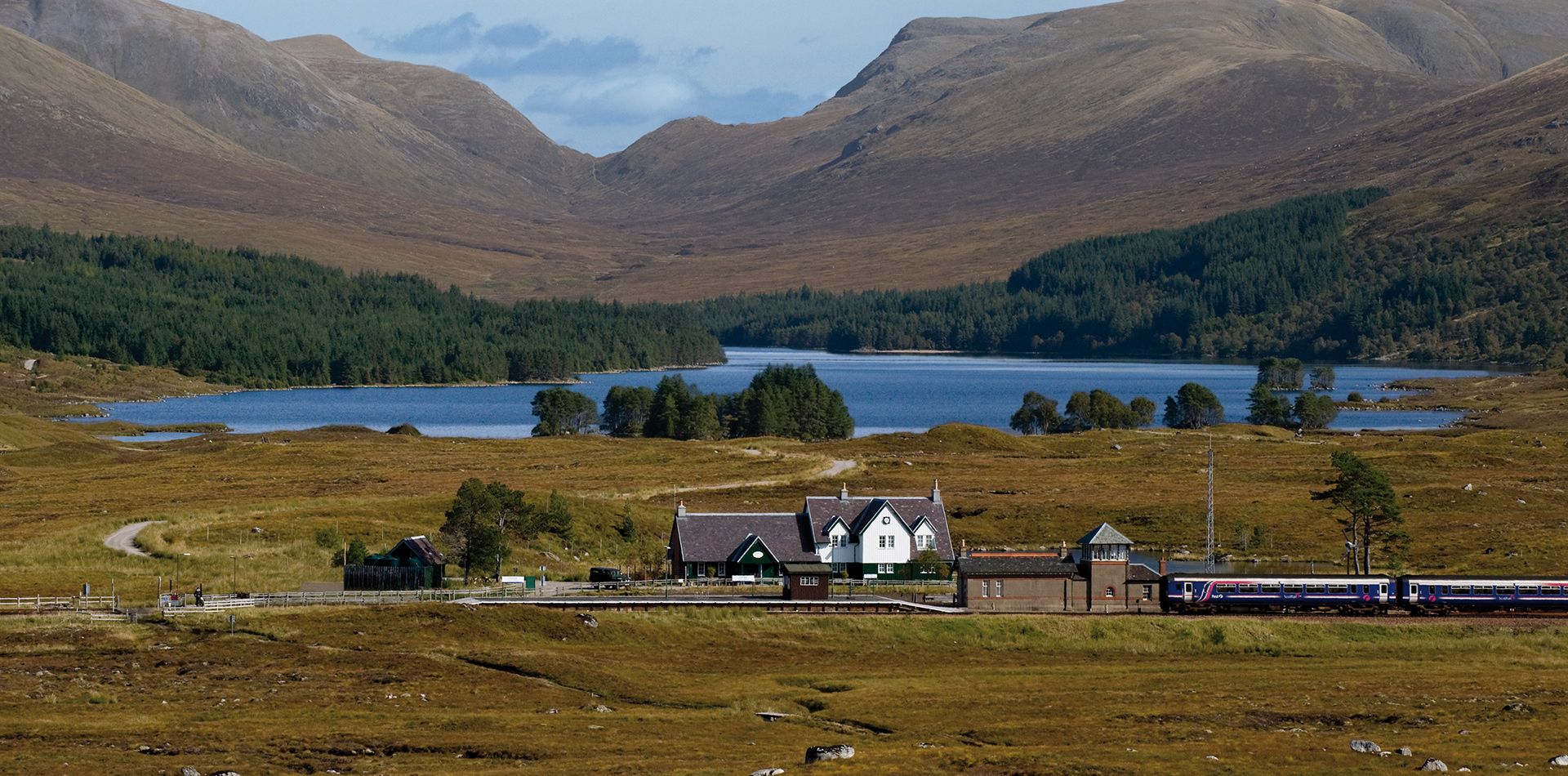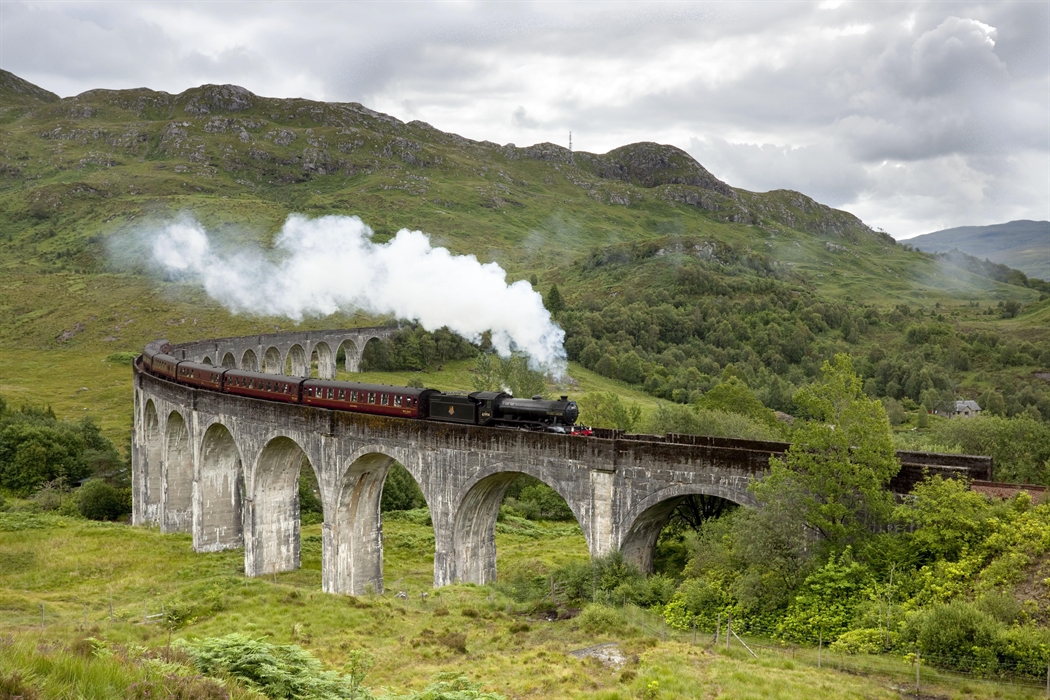Welcome to the Blog for March.
Saturday 2nd March
Today we met with some of the organisers for the Wartime
Weekend, who explained a bit about the background of the War, and the event
itself, before moving on to what we would be doing: selling newspapers. Or
rather, giving out the programme of events for the weekend at Cheltenham and
Toddington stations. So, for those of you planning to visit the Wartime
Weekend, ensure you pick up a copy!
We also had a bit of a discussion about suitable 1940s
clothing, the most important part of which is wearing shorts! (Weather
permitting.) There were also suggestions for making cardboard gas mask boxes to
add to the authenticity and period feel of the event.
We then recapped some of the topics discussed at previous
meetings, such as signalling (what’s the difference between a distant signal
and a banner repeater?) and the permanent way. This was useful for those who
had missed the days where these subjects were discussed at length.
Sunday 17th March
 |
| Corrour Station |
Today, in the comfortable setting of the meeting room in the
Tim Mitchell building, we had a presentation by Helen on various aspects of the
West Highland Line in Scotland.
Construction of the line from Craigendoran Junction
(Helensburgh) to Fort William began in October 1889. The line opened in August
1894, with 3 trains per day each way.
Huge obstacles to building a railway had to be overcome by
the engineers of the line, notably Rannoch Moor, a very wet, boggy landscape;
the eventual solution was to float the railway over the Moor. The mountainous
terrain through which the railway wended its way resulted in many interesting
features, such as Horseshoe Curve. Corrour Station, inaccessible by public
road, is the highest mainline station in the country.
 |
| Rannoch Moor |
An extension of the line to Mallaig opened in April 1901. Its
most notable features are its many concrete viaducts (at the time a novel
construction method), the most famous of which is Glenfinnan Viaduct (featured
in the Harry Potter films). There is
a local legend that there is a horse buried in Glenfinnan Viaduct; modern investigation
has shown that this isn’t true. However, there is a horse and cart buried in
another of the viaducts.
In the afternoon we took a ride on the DMU to Broadway and
back, watching the signals on the return journey. This was an interesting
activity, making great use of the excellent forward view in the DMU.
Written by Anders
Written by Anders




